Your rc yacht is already sailing the racing area and the next race is about to start.
The race will begin with a series of warning signals, followed by a starting signal.
Usually, the starting line is drawn between two buoys, and so is also for rc sailing.
The starting area is delimited by an imaginary line between these two floating marks, that separates the pre-start side from the course side, on the first beat. The yachts will cross this line from the pre-start area, sailing in the direction of the first mark of the course, all together at the starting signal.
Here are few basic steps to set your effective starting strategy routine. Having a plan is key.
Be prepared and think ahead first
Can you answer these 3 questions?
1#
”What's the favored tack on the first leg?”
2#
”Where is the upwind end of the starting line?”
Related important question:
“Is it useful to start there to reach the favored tack?”
3#
What's your plan to be into the preferred position on the line at the start?
The right start position facilitates to reach the favorite side of the windward leg first.
The place you're taking along the starting line should be consistent with where you're planning to sail on the first beat.
Balance carefully the weight of taking risks in order to be the first boat at the start: keep in mind that a successful position at the first (windward) mark is more related to a right positioning that the yacht achieve on the first leg than any position or advantage achieved at the moment of the start.
So, plan to position your boat in order to be successfully able to enter into a wind-shift from the right position vs. your competitors, or to sail in the side of the course where the waves are more favorable or simply where the wind seems blowing more.
Search for the best wind to determine the favored side of the racing course.
Do practice to analyze and measure the line and the starting area: how far is your boat from the line? Do you notice trends in the sailing of the boats you see around you? Do you see gaps and hot spots?
Sail on the racing area - and on the starting zone particularly, in time to collect the information you need to define your plan.
How to detect the upwind end of the starting line?
•
Luff head-to-wind on the middle of the line - checking if the wind blows perpendicularly to the line (even shorter starting lines are rarely square to the wind) - the bow of your boat will point closer to the end of the line that is more upwind.
•
Compare sail trim while sailing along the starting line on both tacks: start from the right mark toward the other one on the left, on the way, trim the sails accordingly for the wind direction. When you reach the second mark on the line, don't touch the sails trimming, jibe and turn around the mark returning toward the right mark sailing again on the starting line.
Now check your sails:
if the sails are luffing = the right mark is upwind (starboard end is favorited)
if the sails are over trimmed = the left mark is upwind (port end is favorited)
•
If you don't reach to determine the upwind end of the line merely by identifying the direction of the wind, look around the sailing angles of the other boats: look to see at which end the boats seem to come off the line better.
If the wind isn't perpendicular to the start line, there will be boats sailing close hauled more perpendicular too: if they sail on port tack, is favorited the left end; if they are on starboard tack, is the right mark that is more upwind.
By the way, the start line could also be well positioned (or be extremely short) so no ends are really advantageous.
Keep the right attitude at the start
For your ultimate start is key:
•
MAINTAINING THE RIGHT OF WAY vs. your closest opponents
•
POSITIONING YOUR BOAT to be able to change speed in approaching the line; avoid having yachts closest to leeward (better if you are the leeward boat of your opponent); avoid crowds
In order to position your boat to sail in clear air, the image above shows how the respective blanket and back wind shadows affect the yachts while they are sailing upwind
•
ACHIEVING WIND CLEAR (by luffing of boat windward, or separating and rising from leeward boats)
•
AVOID COLLISIONS
You need a confident knowledge of the rules (make sure to be aware of the basic racing rules for rc sailing), and to have a clear overview of close situations before they become potentially problems or incidents.
Keep in mind these priorities after the gun shot
SPEED, SPEED, SPEED!
CLEAR AIR = free of the back wind of yachts to leeward, free of the blanket of yachts to windward
KEEP FREEDOM to sail toward the desired side of the course (i.e. avoid to be pinned on starboard tack unable to follow your pre set plan).
An “ideal start" means to have your boat at the favorite point of the line at the start signal, sailing at full speed in clear air and free from the interferences of other opponents: free of the blanket of yachts to windward and free of the backwind of yachts to leeward.
It is not entirely easy to achieve all this but whatever happens your departure will be a particularly exciting and engaging moment. Enjoy and sail it fast!
Play2Sail suggests you this readings:
Improve your skills fast
To learn easily everything you need to start sailing (faster) your radio-controlled yacht, Play2Sail Radio Sailing Academy shares a complete e-manual that collects the fundamental knowledges, handy diagrams, tips and advice that will improve your skills.
• The Play2Sail e-manual is a digital publication IN ENGLISH that is downloadable in a printable .pdf format file. Sailors from 🇺🇸🇬🇧🇦🇺🇸🇪🇳🇿🇨🇦🇿🇦🇳🇱🇩🇪🇫🇷🇮🇳🇭🇰 have already downloaded it.
DOWNLOAD THE P2S RADIO SAILING MANUAL NOW
(because sailing learning doesn’t have to be complicated! ;)
To start sailing a radio-controlled sailboat is easy but at Play2Sail we like to say also that: "to play is to learn", so here we share some really simple basics and tips, dedicated to everyone who wants to begin the fun of learning how to use the wind to make his rc yacht go faster.

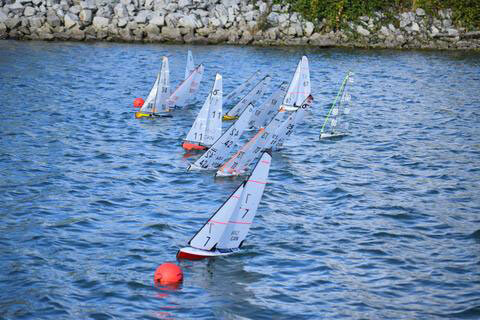
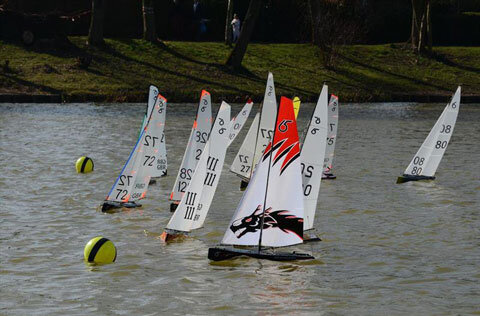









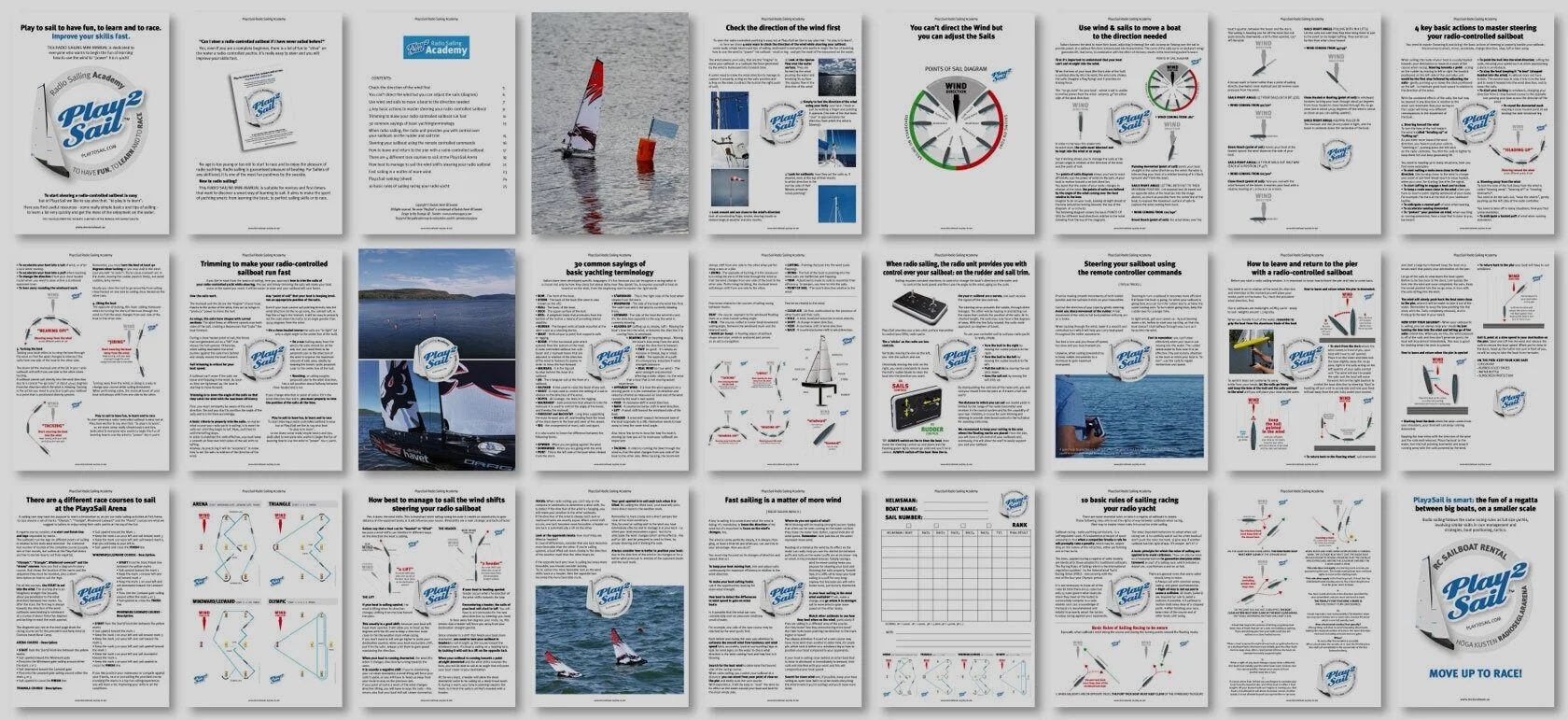

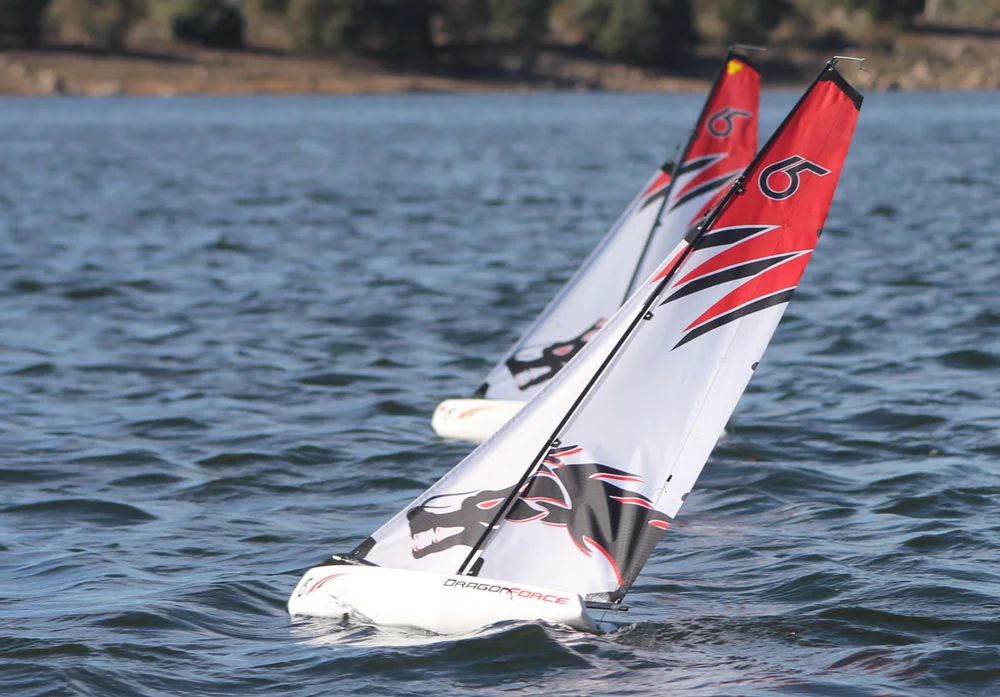















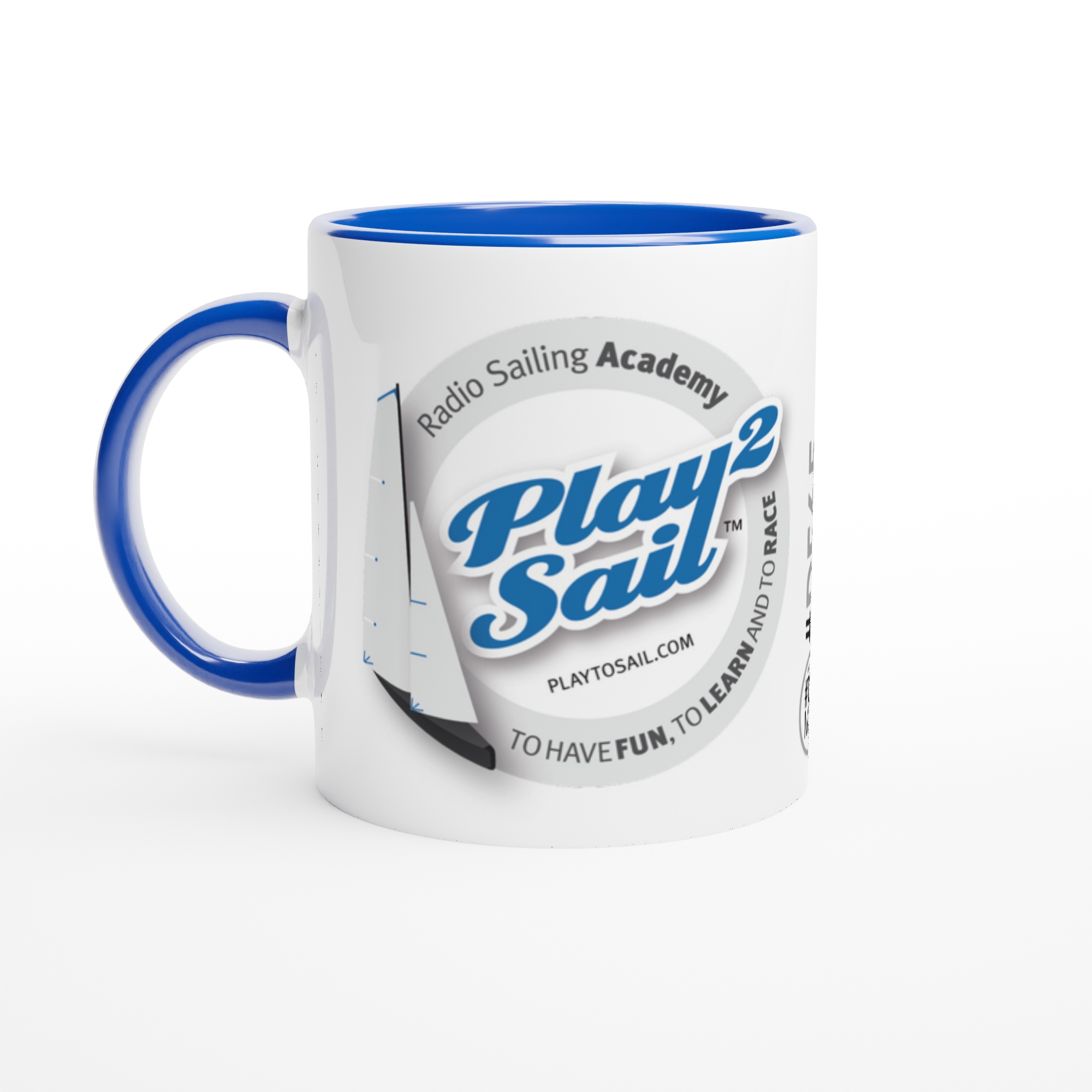


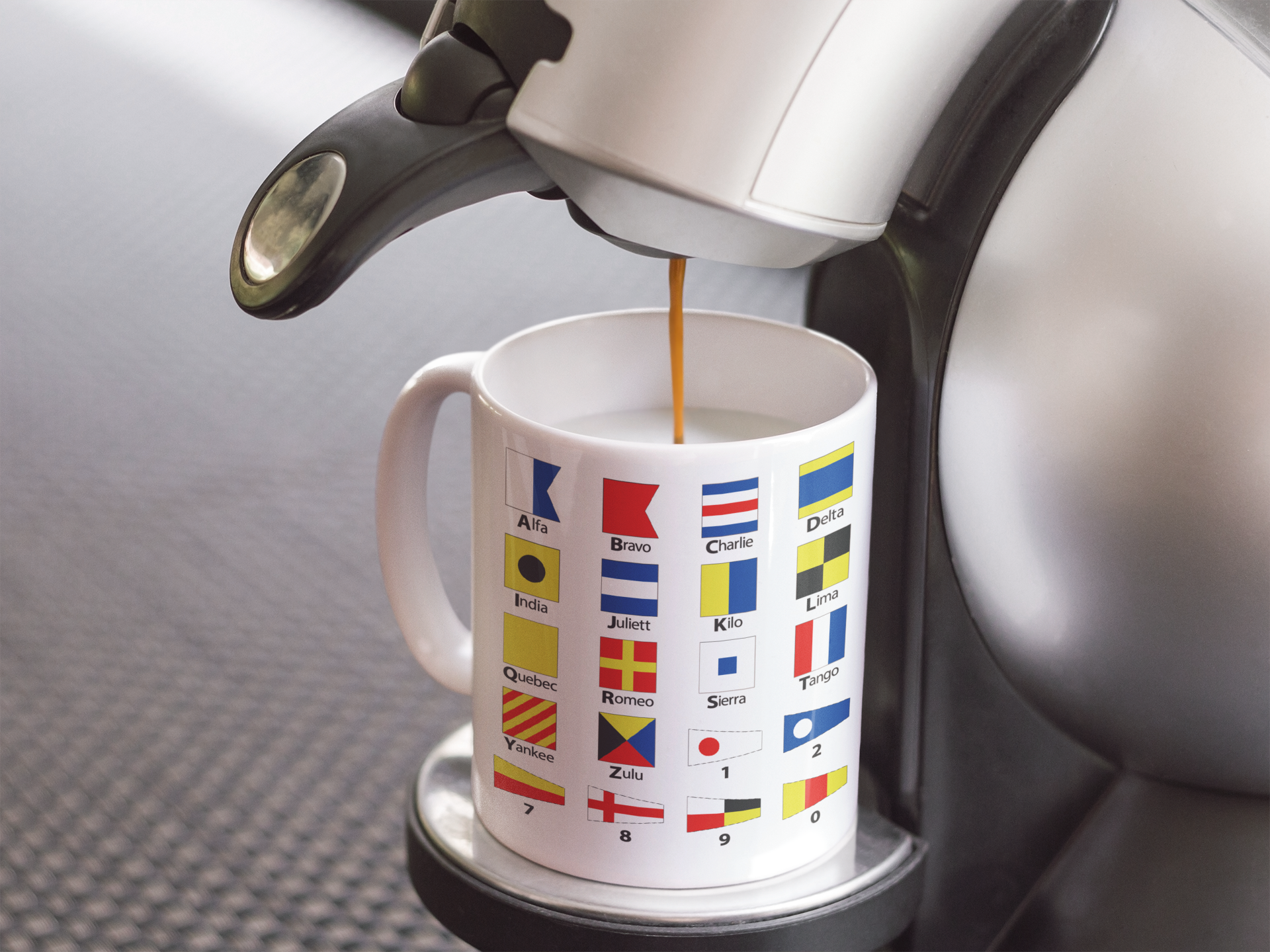

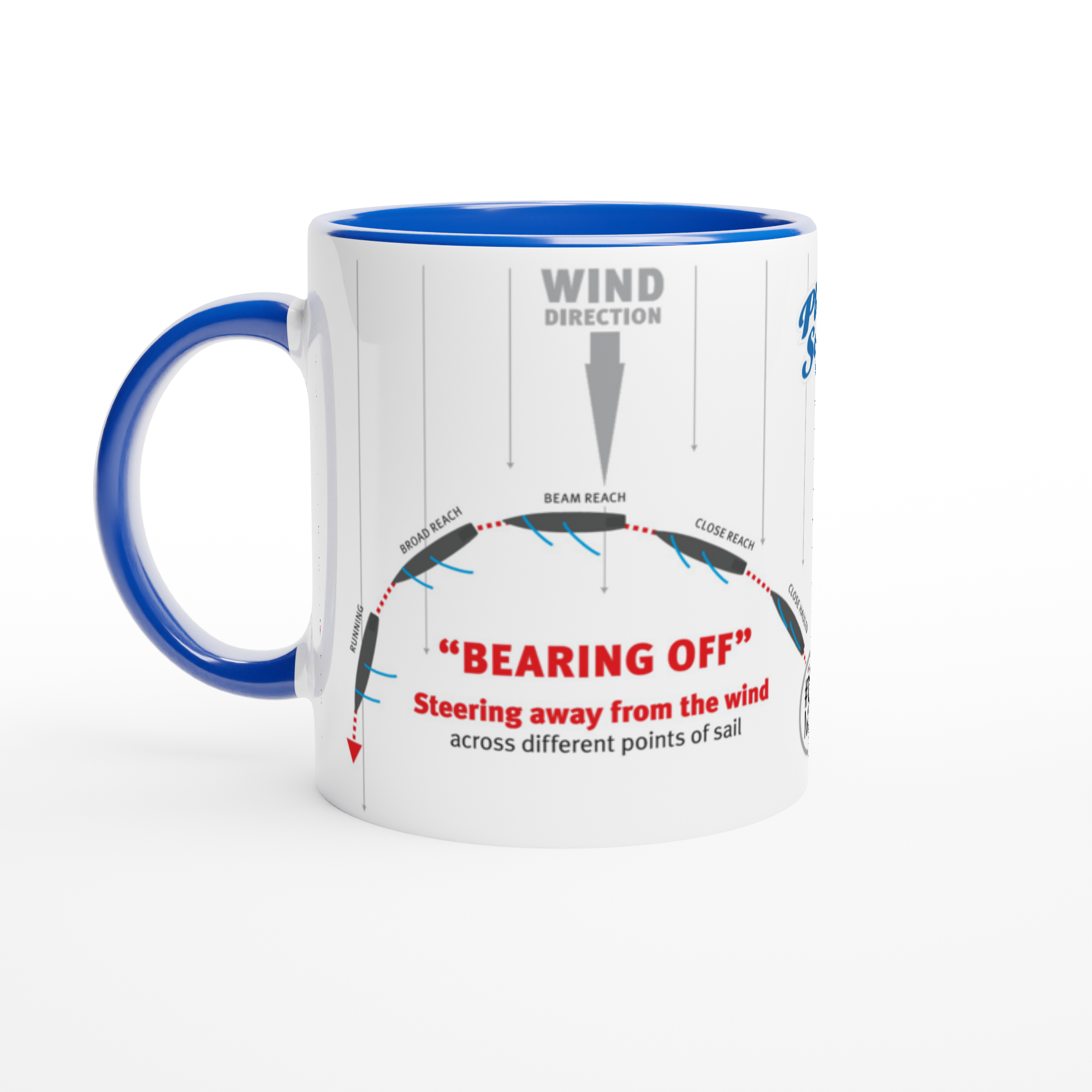
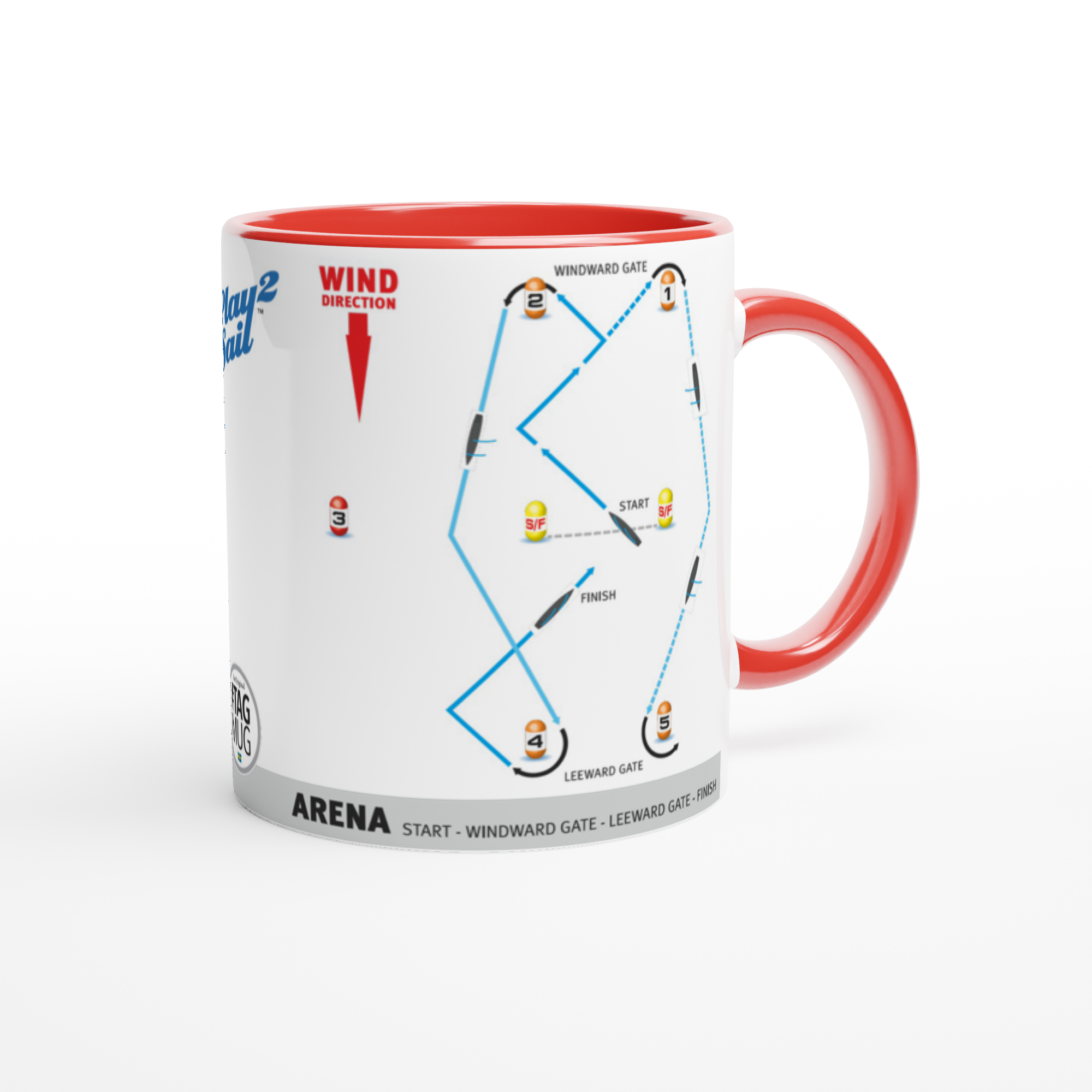
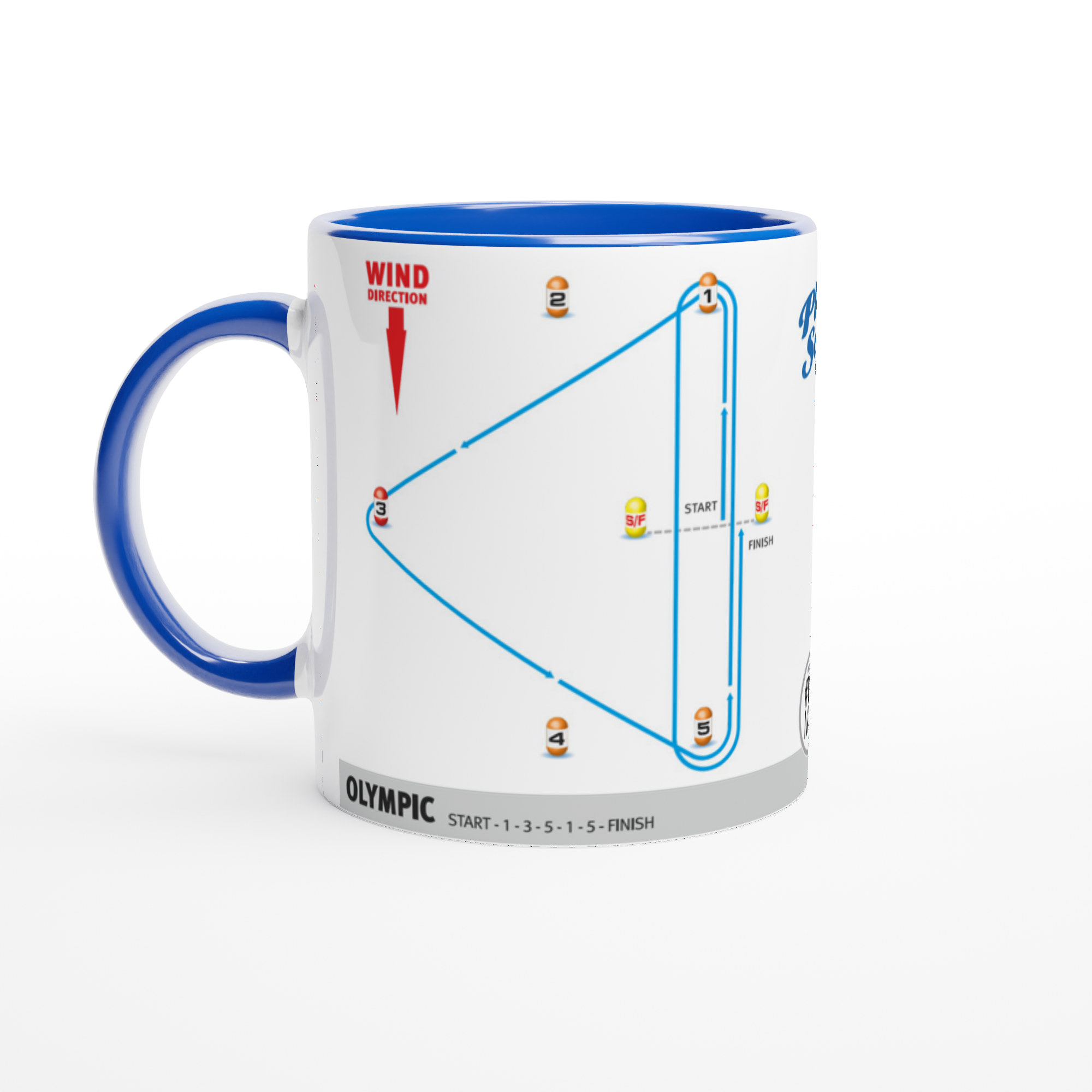
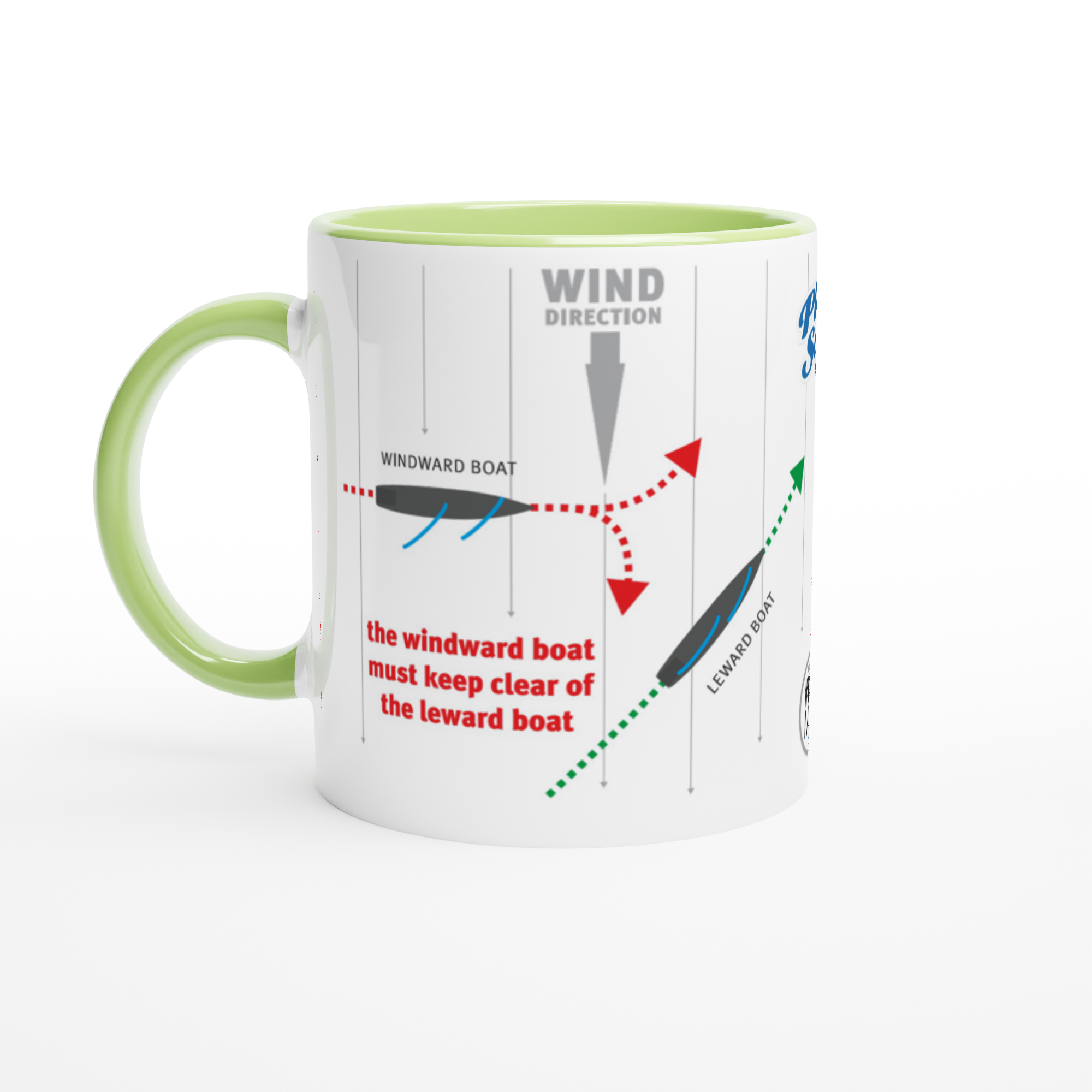
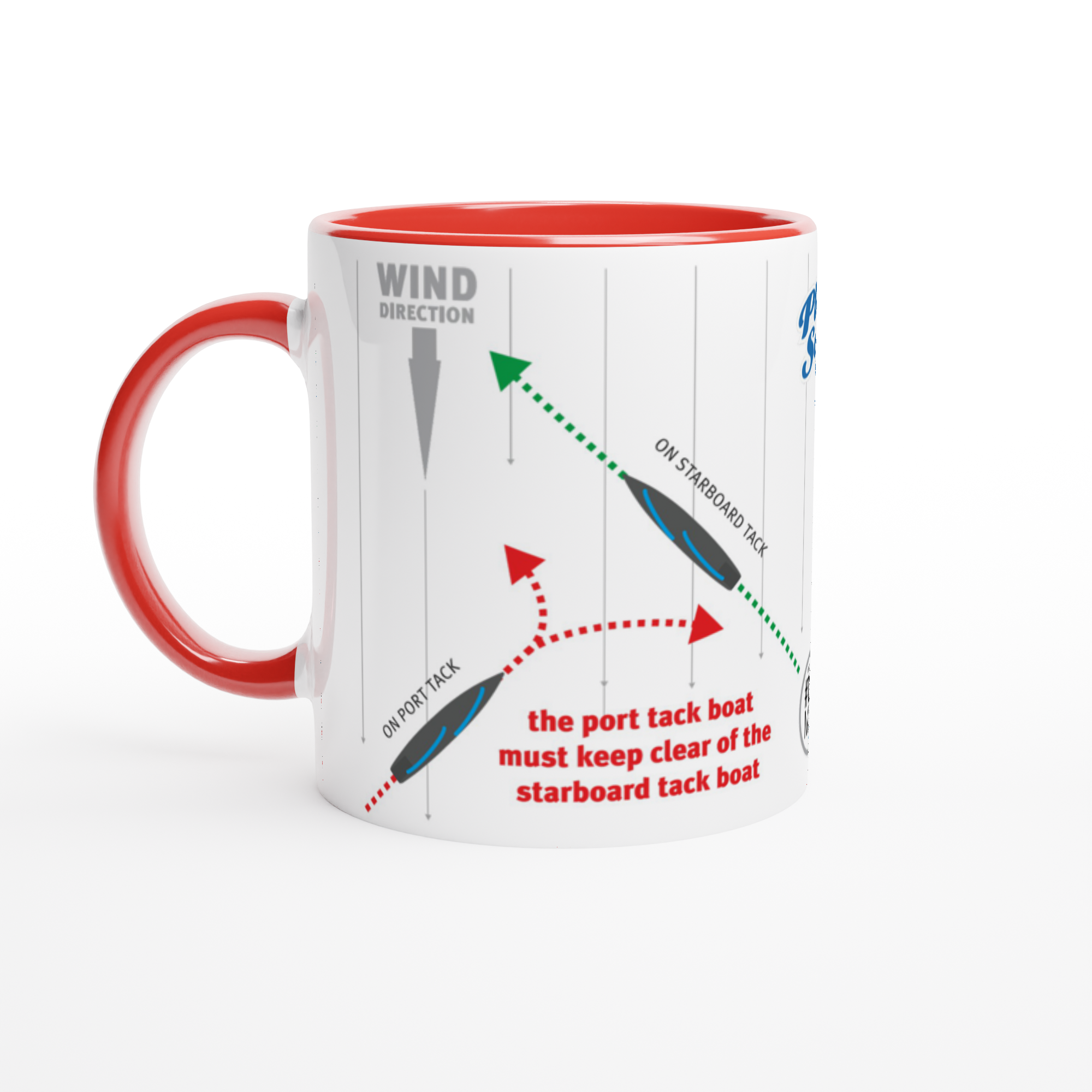

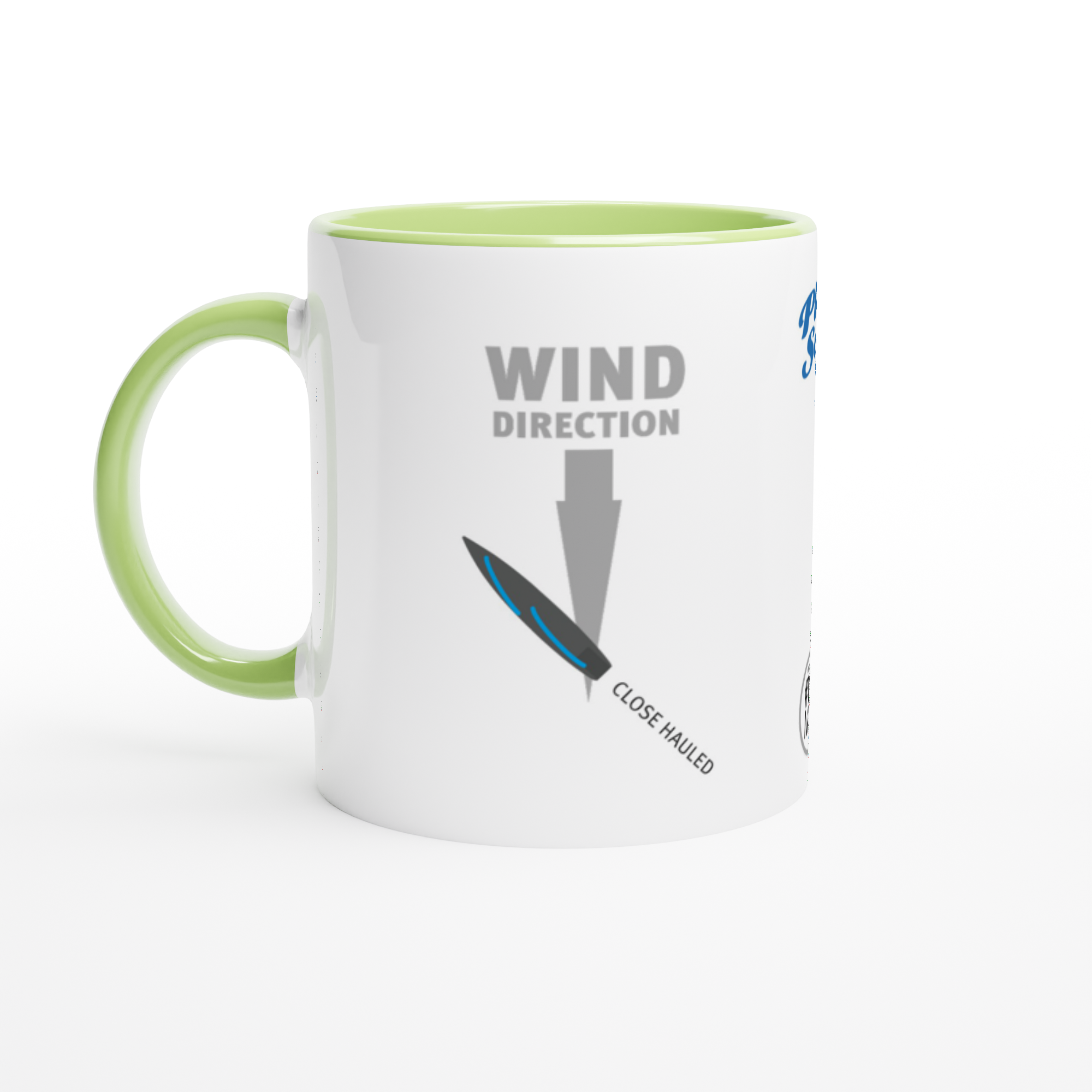
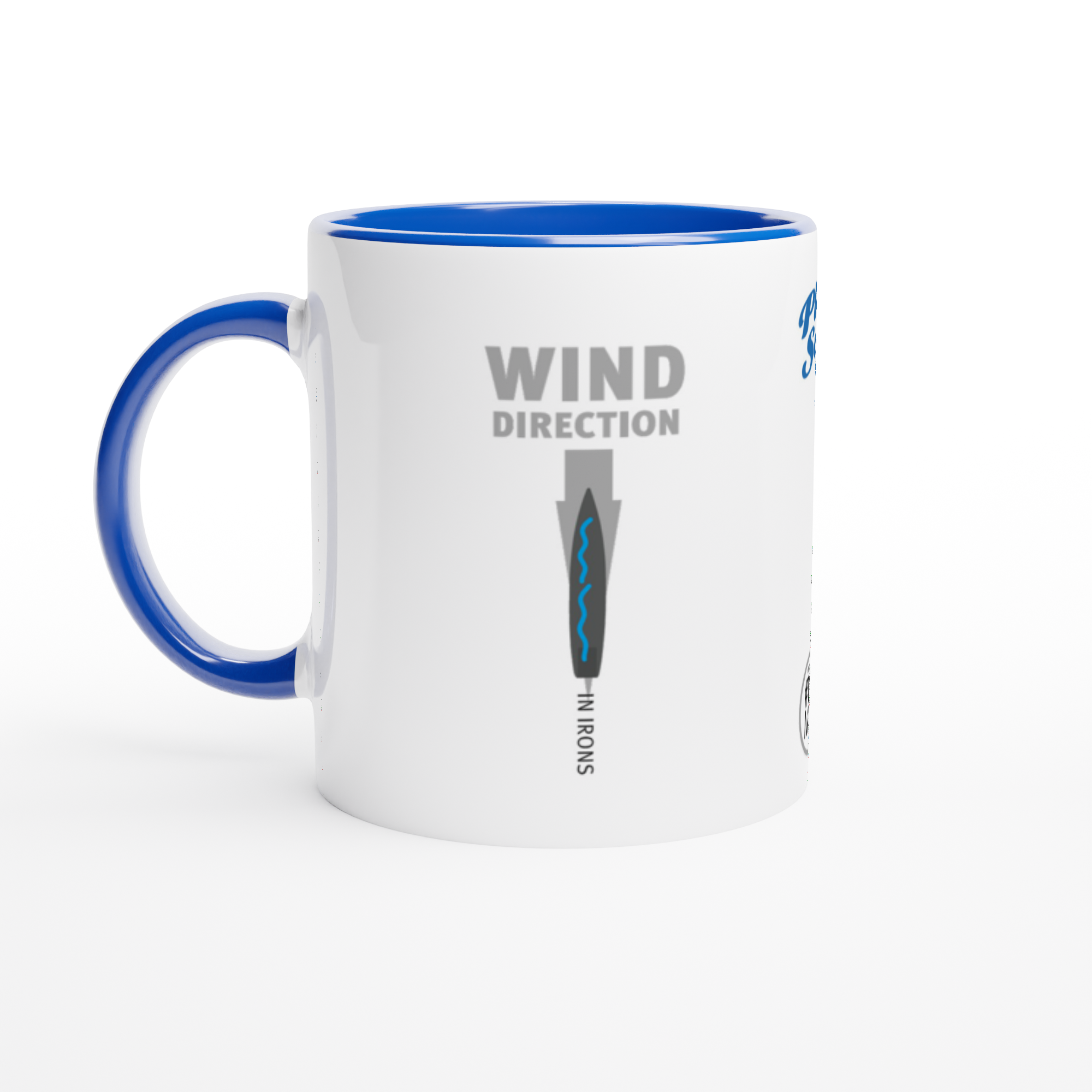

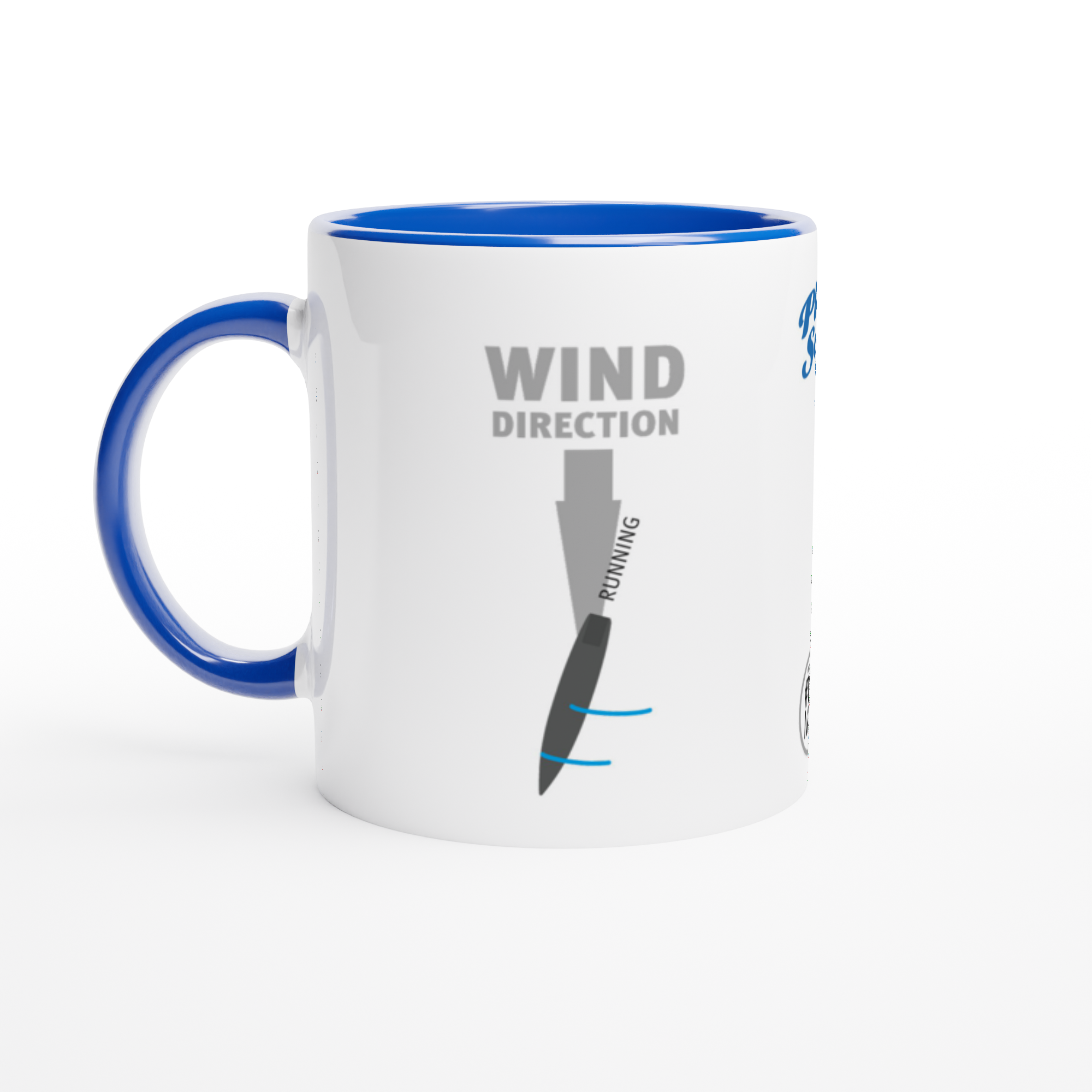
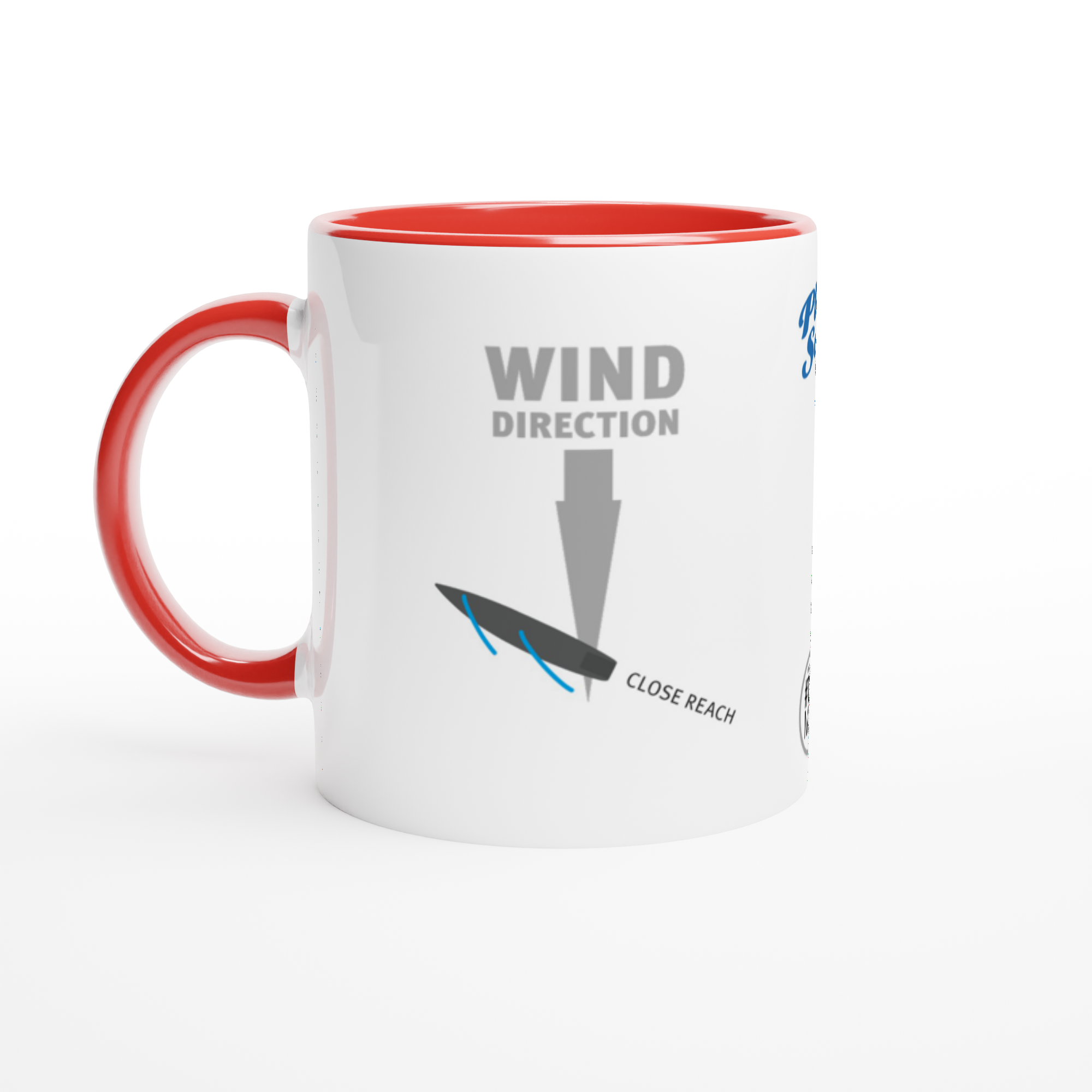
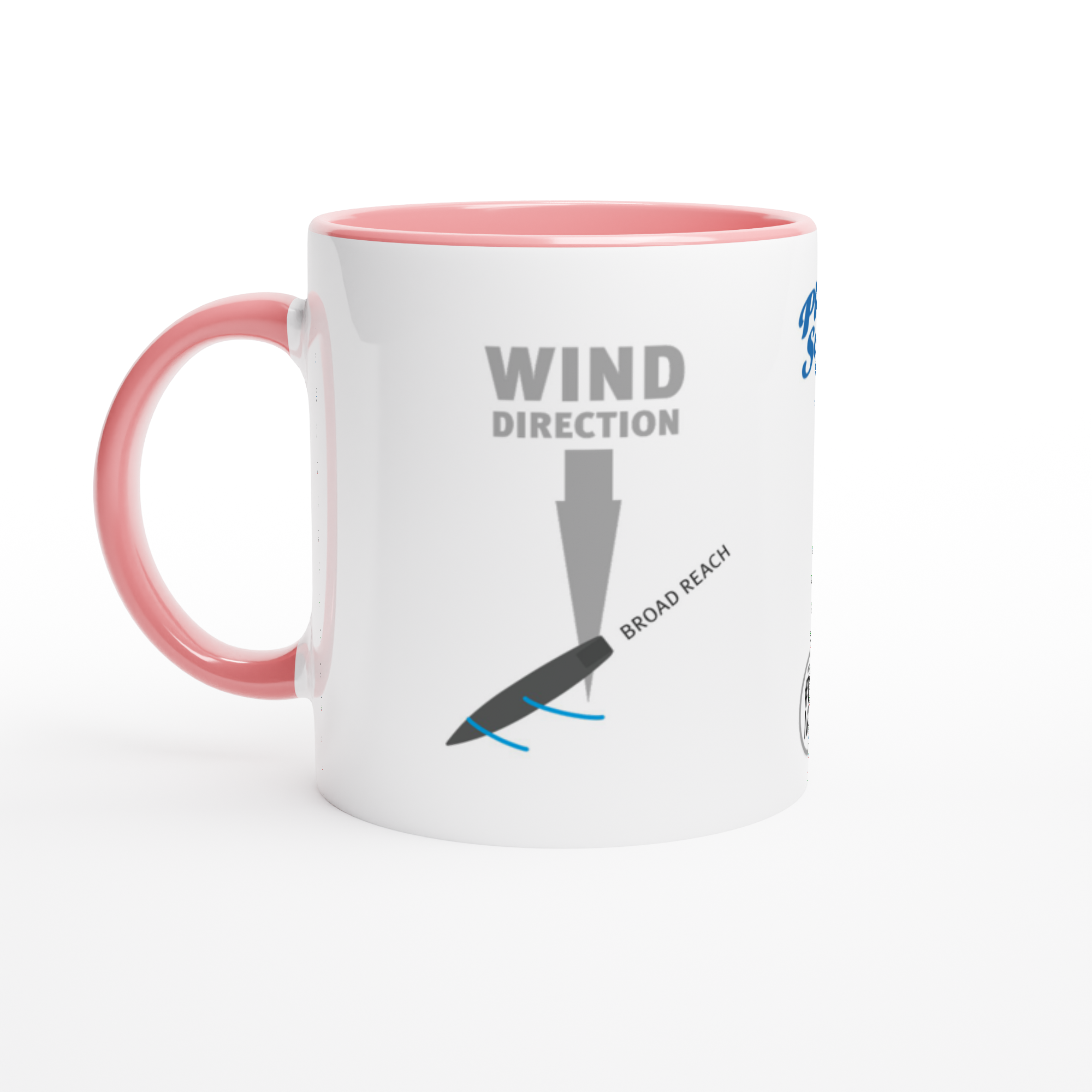












![Share your #SAILING passion with our original ceramic mugs [#TAGMUG E-SHOP]](https://images.squarespace-cdn.com/content/v1/594e2defd482e9221abc3588/1614719683830-IFHY92H4R0WRAMOJV9IE/sailing-racing-courses-ceramic-mugs-collection.jpg)



![Share your #SAILING passion with our original ceramic mugs [#TAGMUG E-SHOP]](https://images.squarespace-cdn.com/content/v1/594e2defd482e9221abc3588/1614719716948-POZU2K2KJG309Z83I6ZS/sailing-code-of-signals-flags-mug-design.jpg)
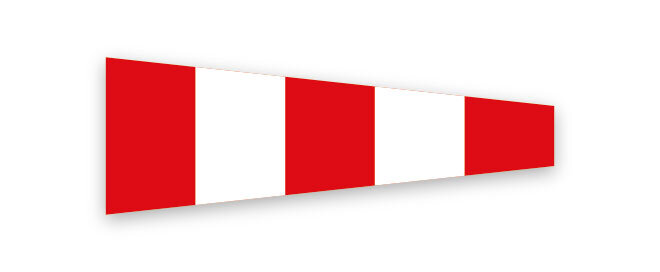
















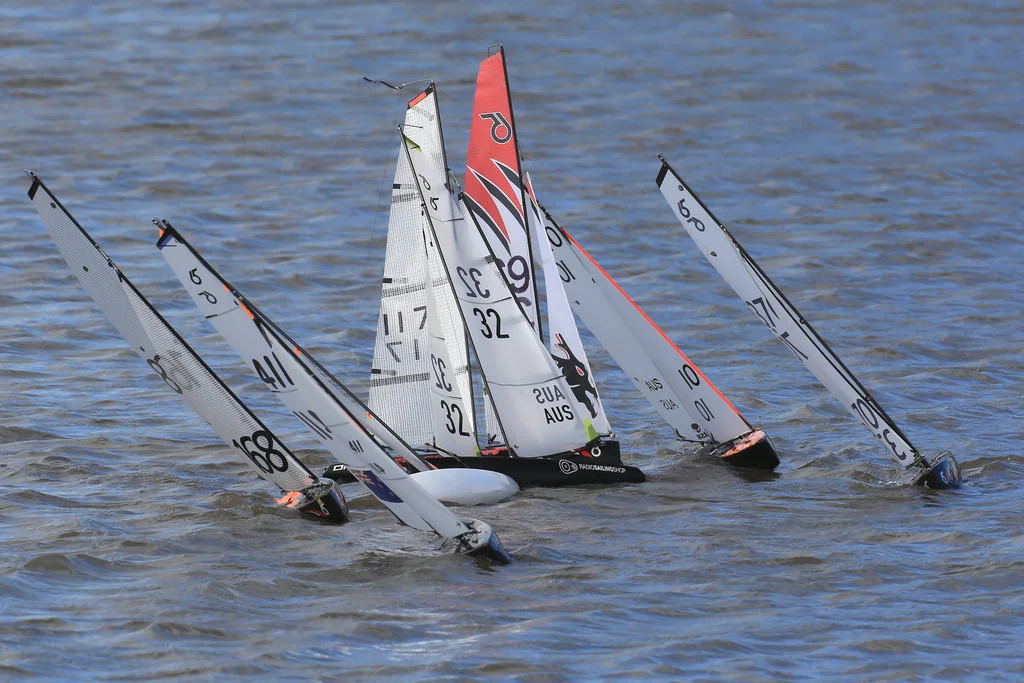

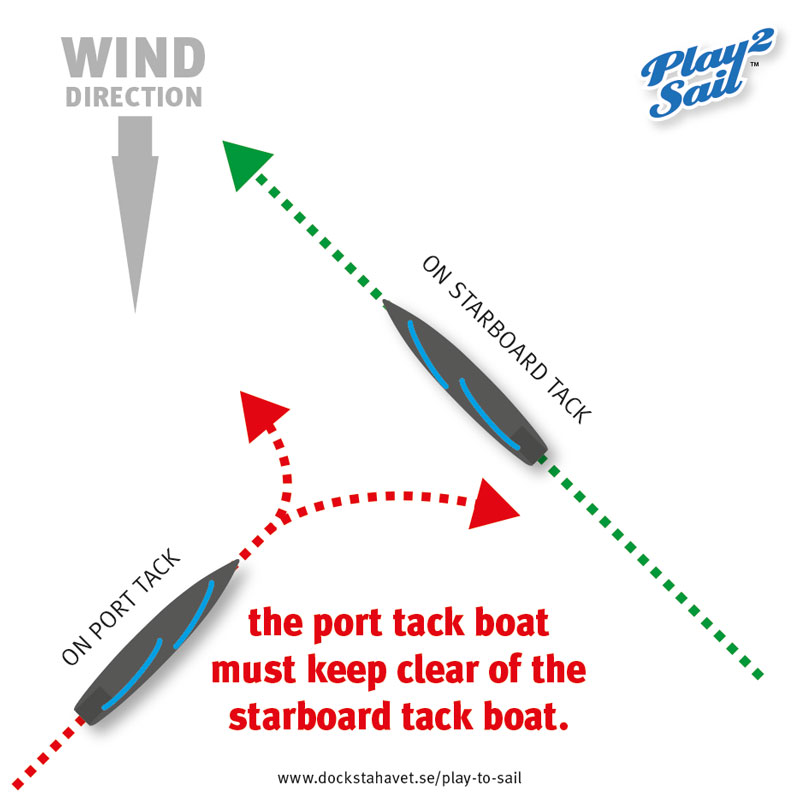


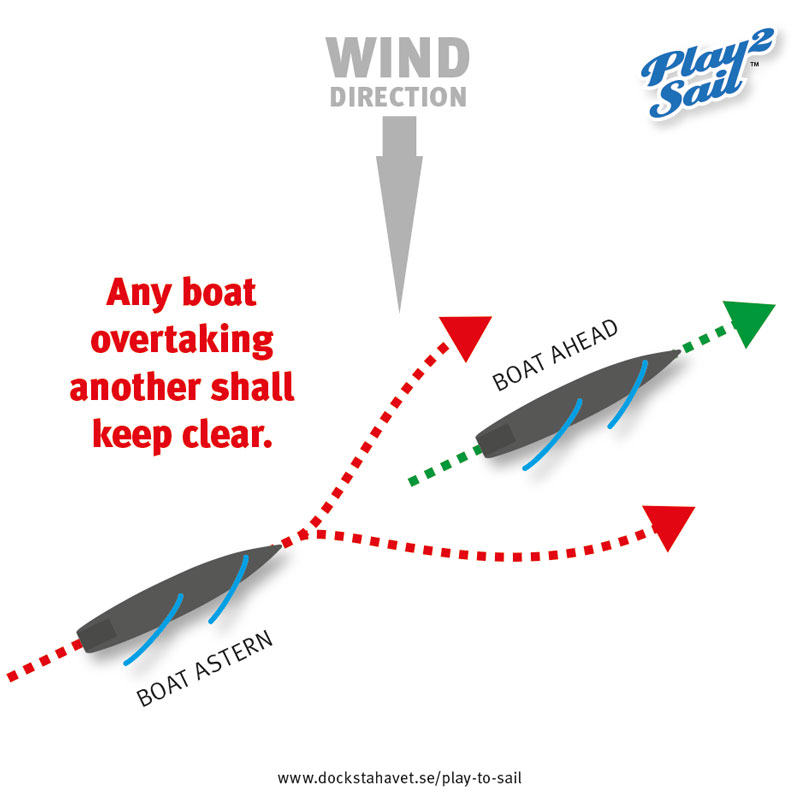

![Share your #SAILING passion with an original mug [#TAGMUG E-SHOP]](https://images.squarespace-cdn.com/content/v1/594e2defd482e9221abc3588/1614719437358-9OG6NYB56MMOT097CRVO/sailing-racing-rules-mugs-collection.jpg)




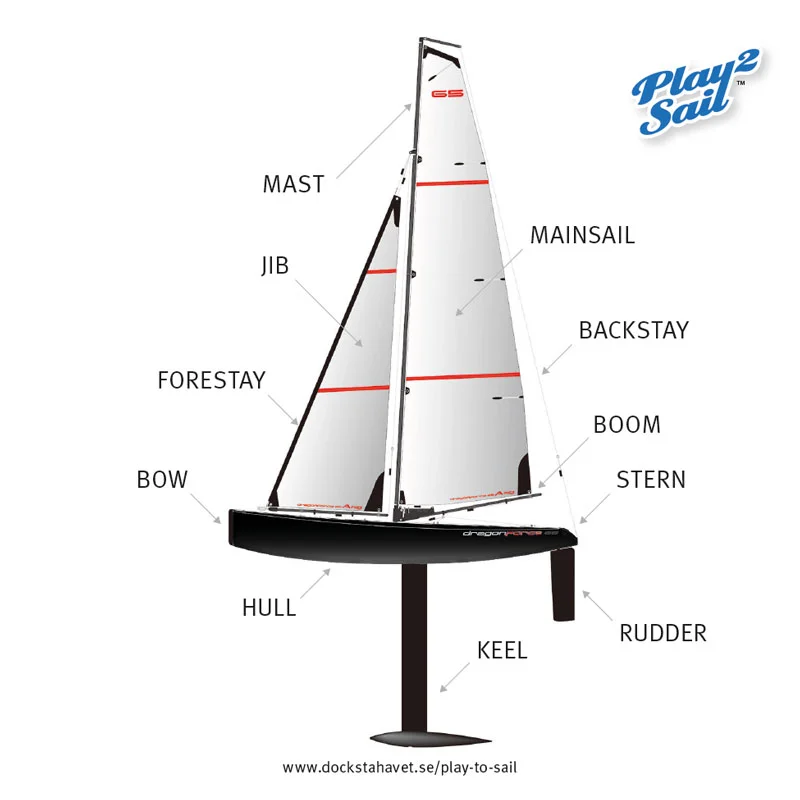




![Share your #SAILING passion with an original mug [#TAGMUG E-SHOP]](https://images.squarespace-cdn.com/content/v1/594e2defd482e9221abc3588/1614719263191-1UOIVRL0IB3MOGAAW1ZB/wind-shifts-sailing-mug.jpg)



![Share your #SAILING passion with an original mug [#TAGMUG E-SHOP]](https://images.squarespace-cdn.com/content/v1/594e2defd482e9221abc3588/1614719322626-UIEUQAHGY7L5EYU7VZOJ/rc-sailing-mugs-collection-points-of-sail.jpg)



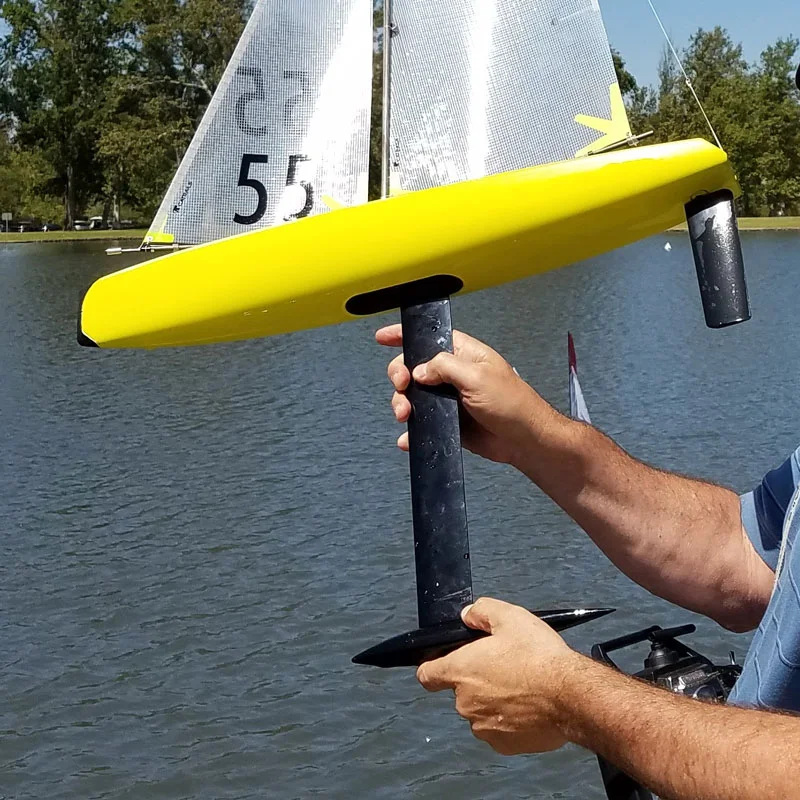
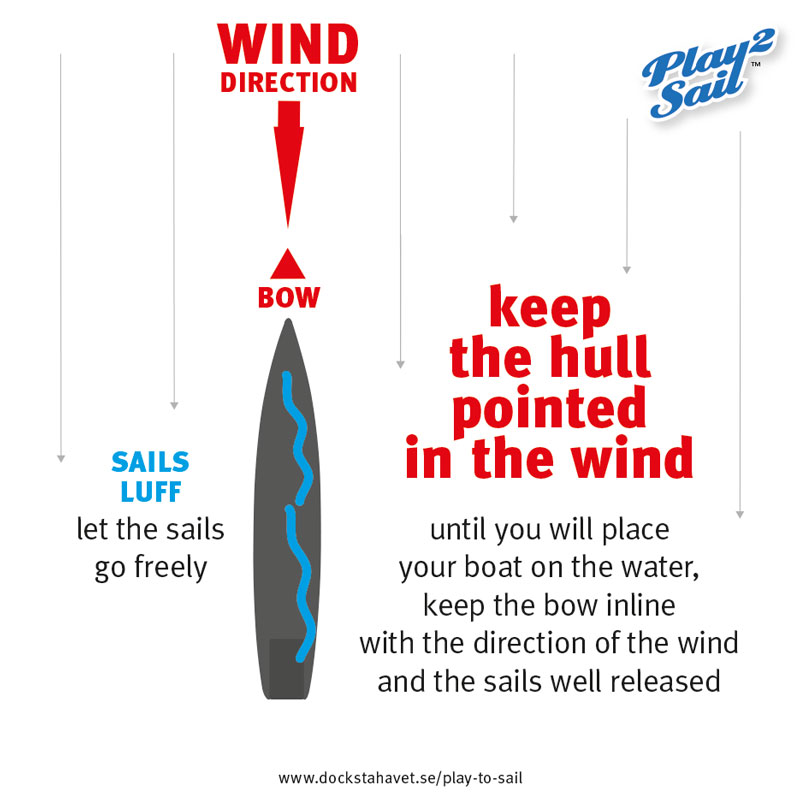
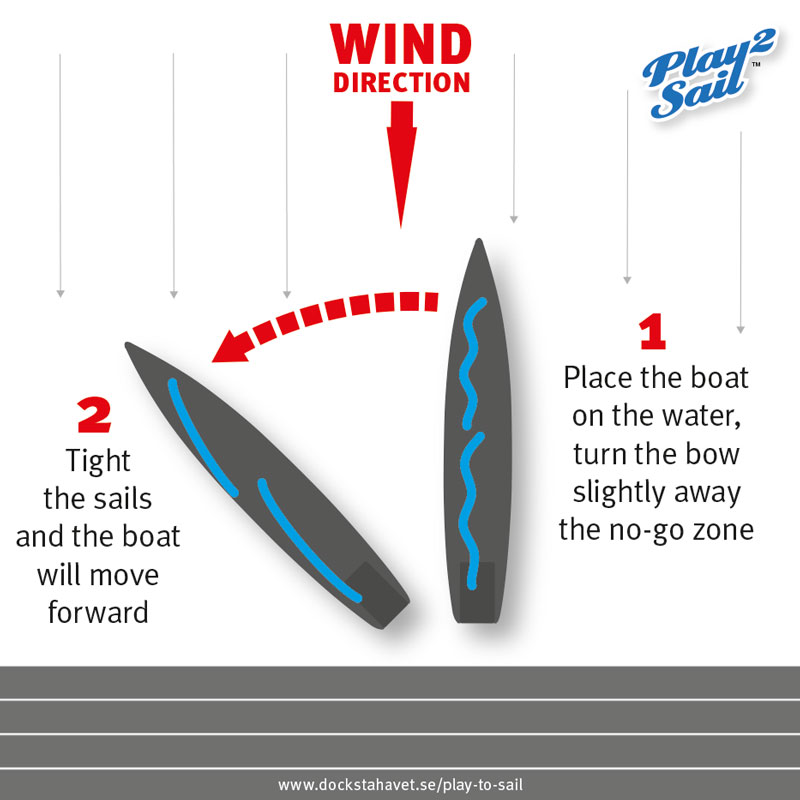



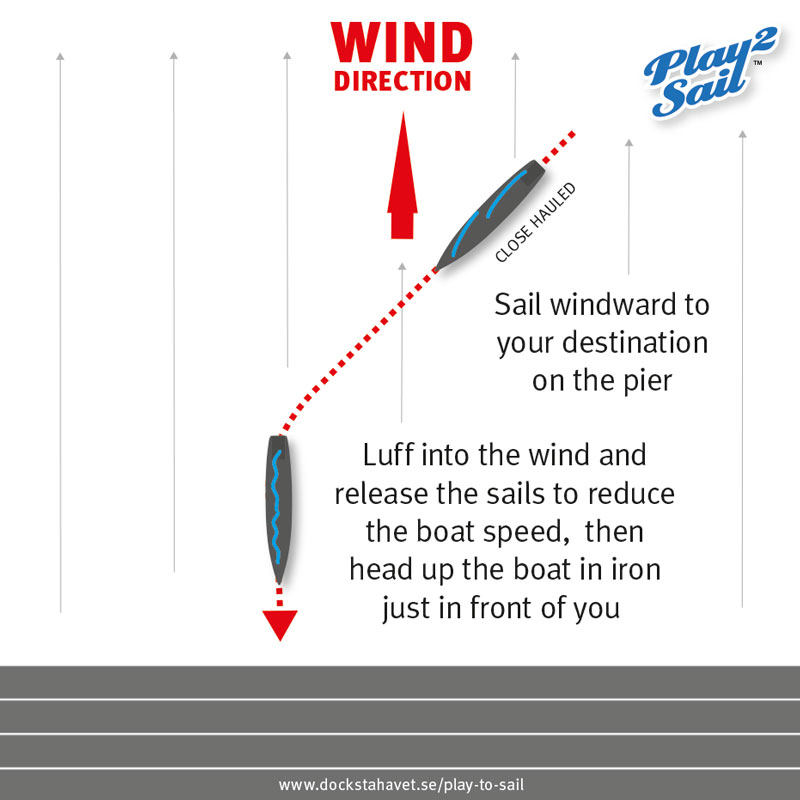


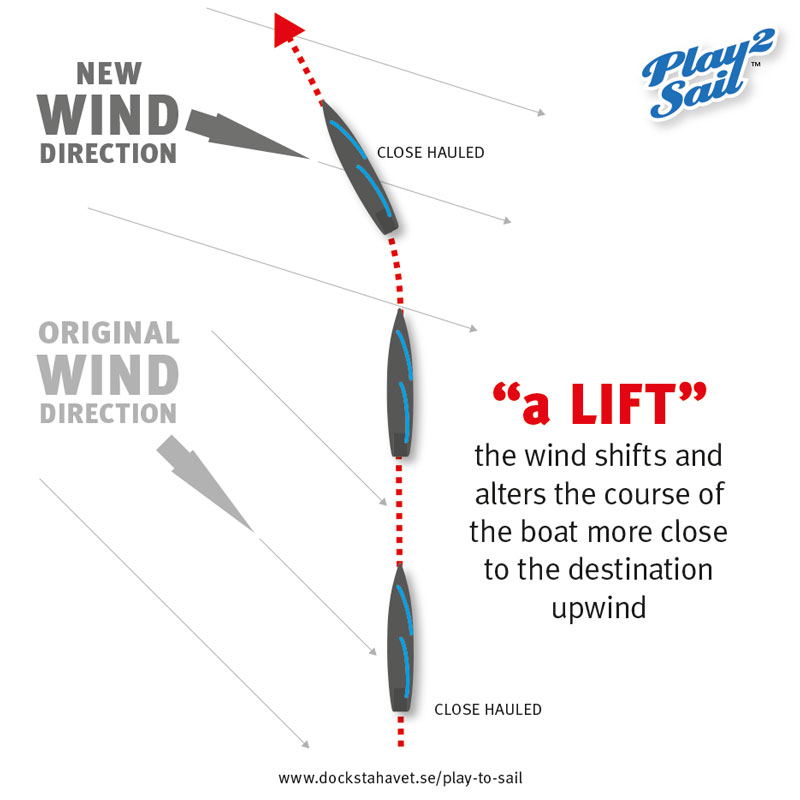


![Share your #SAILING passion with an original mug [#TAGMUG E-SHOP]](https://images.squarespace-cdn.com/content/v1/594e2defd482e9221abc3588/1614719169926-XIJ8HIHLRZXCTPUXT1XO/wind-shifts-sailing-mug.jpg)






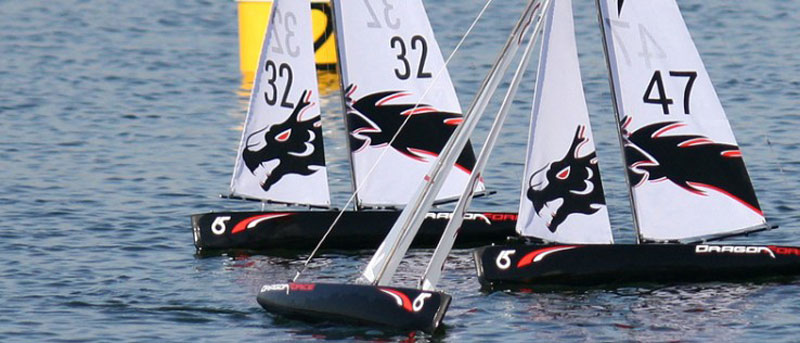
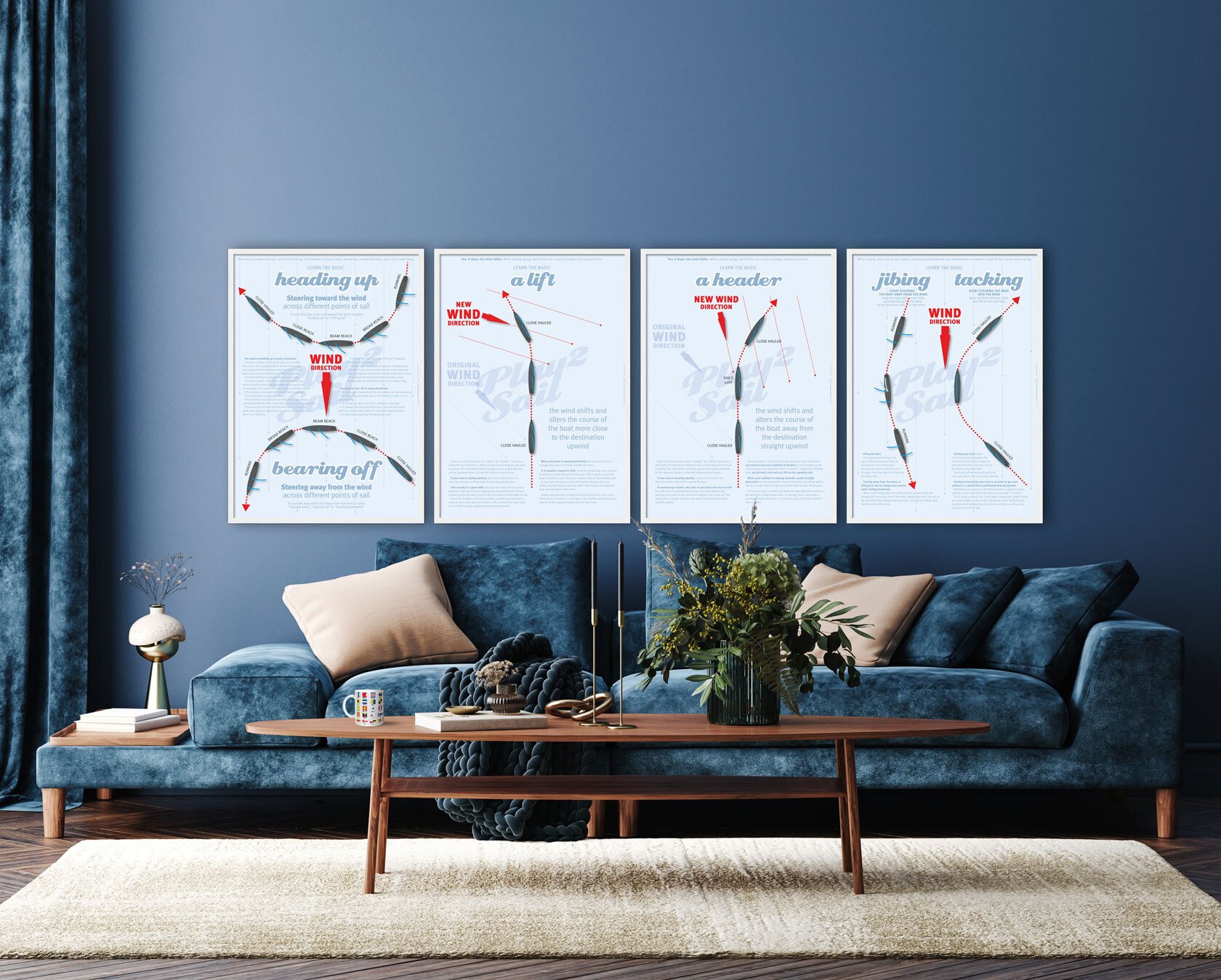



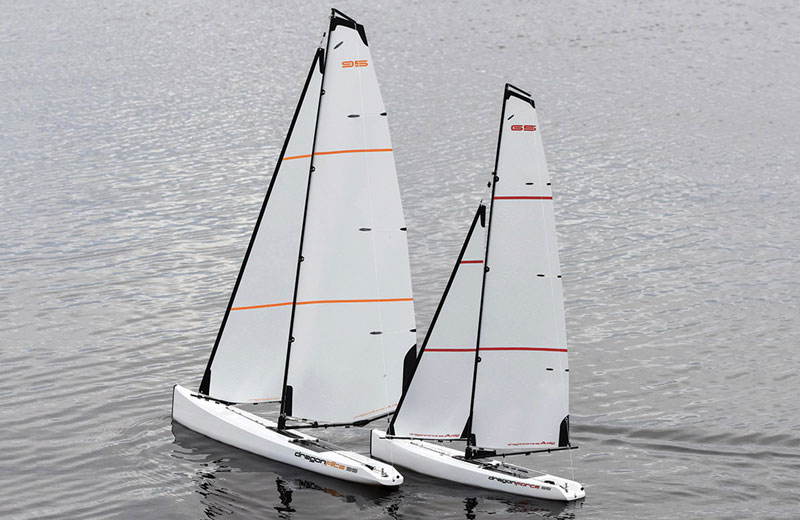
![Share your #SAILING passion with an original mug [#TAGMUG E-SHOP]](https://images.squarespace-cdn.com/content/v1/594e2defd482e9221abc3588/1614719029053-S4LWJ5DEIV6O1MWJDIUA/rc-sailing-mugs-collection-points-of-sail.jpg)